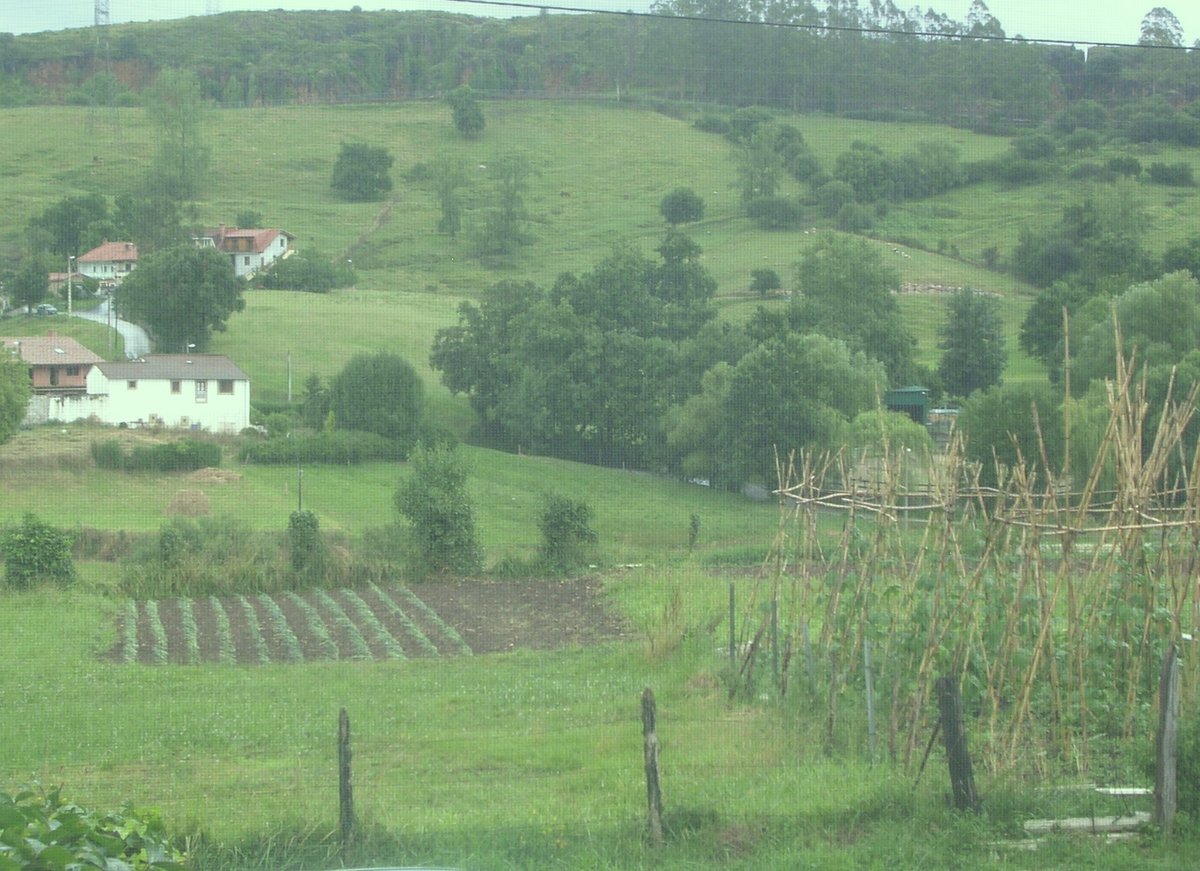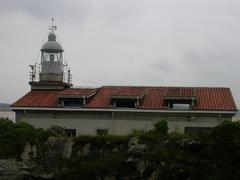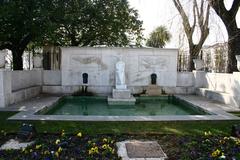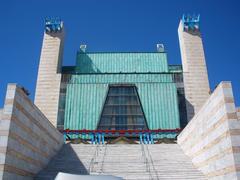
Comprehensive Guide to Visiting Reptilario, Santander, Spain
Date: 16/07/2024
Introduction
The Reptilario in Santander, Spain, stands as a beacon of biodiversity conservation and education, attracting both locals and tourists with its unique offerings. Established in the early 21st century and officially opened to the public in 2005, this facility is a collaborative effort between local government authorities, environmental organizations, and private investors, aimed at enhancing biodiversity conservation in the region. This premier attraction is renowned for its diverse collection of over 200 species of reptiles and amphibians, including rare and endangered species like the Komodo dragon and the Chinese alligator (Reptilario Santander). Visitors can explore themed zones replicating natural ecosystems, participate in interactive exhibits, and benefit from educational programs designed to deepen their understanding and appreciation of these fascinating creatures (Ultimate Guide to Visiting Reptilario).
Table of Contents
- Introduction
- History and Significance of Reptilario
- Collection and Species Diversity
- Conservation Efforts
- Educational Programs and Public Engagement
- Research and Scientific Contributions
- Visitor Information
- Nearby Attractions and Travel Tips
- FAQ
- Conclusion
- Sources
History and Significance of Reptilario
Origins and Establishment
The Reptilario was established in the early 21st century as part of a broader initiative to enhance biodiversity conservation efforts in the region and to serve as an educational resource. Officially opened to the public in 2005, the project was a collaborative effort between local government authorities, environmental organizations, and private investors.
Architectural Design and Layout
Designed to mimic the natural habitats of its inhabitants, the Reptilario features zones replicating ecosystems such as tropical rainforests, arid deserts, and temperate woodlands. Sustainable materials and energy-efficient technologies are used, underscoring the facility’s commitment to environmental conservation.
Collection and Species Diversity
The Reptilario houses over 200 species of reptiles and amphibians, including rare and endangered species like the Komodo dragon and the Chinese alligator. The collection is continually expanding through breeding programs and international collaborations.
Conservation Efforts
A primary mission of the Reptilario is to conserve endangered species. The facility participates in international breeding programs and collaborates with other zoos and conservation organizations. Notably, it has successfully bred the critically endangered Radiated Tortoise.
Educational Programs and Public Engagement
Education is key at the Reptilario, which offers guided tours, interactive exhibits, and hands-on workshops. Special events and lectures by renowned herpetologists and conservationists are also hosted to engage visitors.
Research and Scientific Contributions
The Reptilario collaborates with universities and research institutions to study various aspects of reptile and amphibian biology. Findings from these studies are regularly published in scientific journals and presented at international conferences.
Visitor Information
Tickets and Visiting Hours
- Tickets: Prices vary, with discounts available for children, seniors, and groups. Tickets can be purchased online or at the entrance (Ticket Information).
- Visiting Hours: Open year-round, with extended hours during the summer months. Check the Reptilario Santander website for current hours.
Accessibility
The facility is wheelchair accessible, with amenities to accommodate visitors with disabilities.
Visitor Tips
- Wear comfortable walking shoes and weather-appropriate clothing.
- Take advantage of guided tours and educational programs for an enriching experience.
- Check the website for special events and seasonal exhibits.
Nearby Attractions and Travel Tips
- Nearby Attractions: Explore other historical sites in Santander such as the Palacio de la Magdalena and the Santander Cathedral.
- Travel Tips: Convenient public transportation options are available, and there are several hotels and restaurants nearby for a comfortable stay.
FAQ
Q: What are the Reptilario’s visiting hours?
A: The Reptilario is open year-round with extended hours during the summer. Check the official website for the most current hours.
Q: How much are tickets to the Reptilario?
A: Ticket prices vary, with discounts available for children, seniors, and groups. Tickets can be purchased online or at the entrance.
Q: Is the Reptilario accessible for visitors with disabilities?
A: Yes, the facility is wheelchair accessible and has amenities to accommodate visitors with disabilities.
Conclusion
In summary, the Reptilario in Santander is a vital institution dedicated to the conservation and education of reptile and amphibian species. Through its diverse collection, innovative conservation programs, and engaging educational initiatives, the Reptilario plays a crucial role in promoting environmental awareness and fostering a culture of conservation in the region. Plan your visit today and immerse yourself in the incredible world of reptiles and amphibians (Visit Reptilario).
Sources
- Reptilario Santander. (n.d.). Visiting Reptilario in Santander - Tickets, Hours, and Conservation Efforts. Retrieved from Reptilario Santander
- Parque de la Naturaleza de Cabárceno. (n.d.). Ultimate Guide to Visiting Reptilario in Santander - Hours, Tickets, and Tips. Retrieved from Parque de la Naturaleza de Cabárceno










